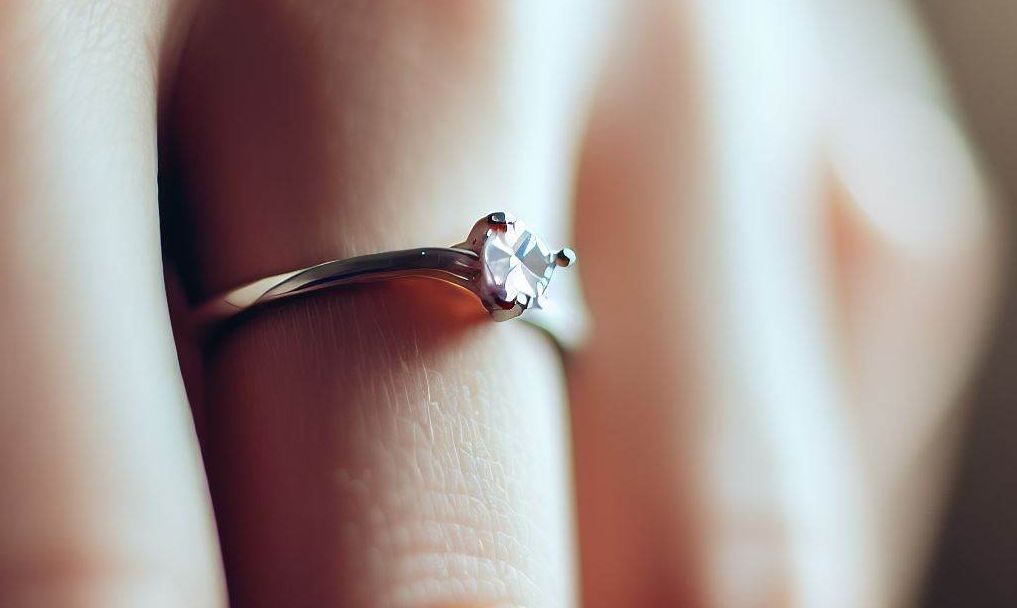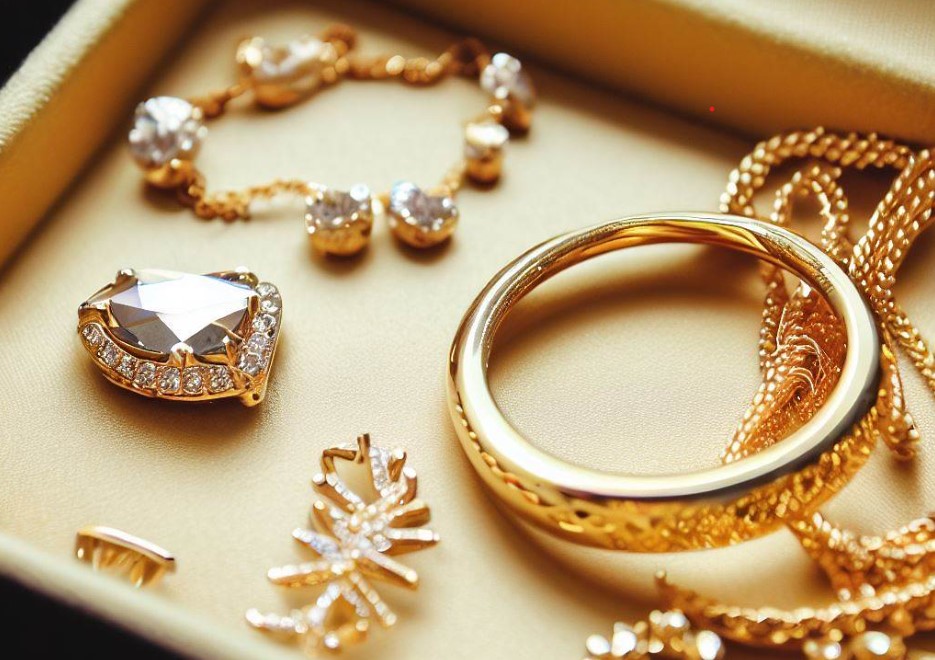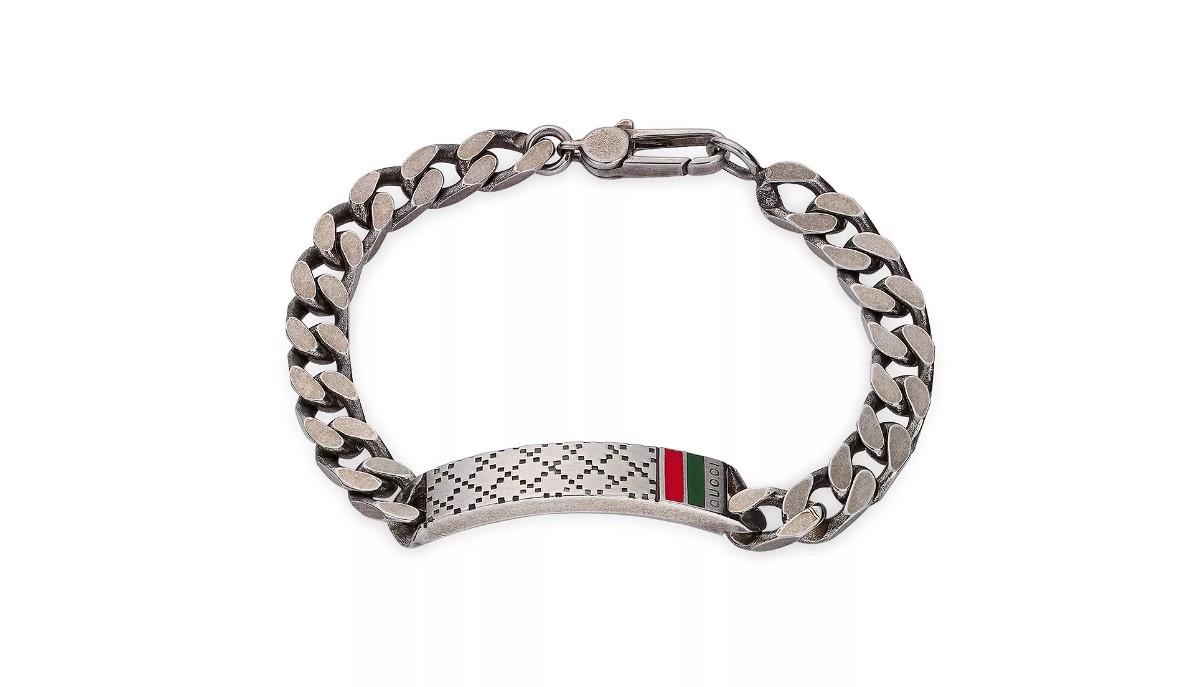Choosing the Right Finger: A Guide to Wearing an Engagement Ring
When thinking about getting engaged, one may first imagine the perfect ring, the moment of the proposal, and of course, the perfect partner. However, it’s equally important to consider which finger to wear the engagement ring on.
The classic choice is the fourth finger of the left hand, also known as the ring finger. This is a popular tradition in many cultures, as it was believed that a vein in this finger ran directly to the heart. However, modern couples may want to explore other options depending on their personal preferences and beliefs.
There are many factors to consider, such as the shape and size of your hands, cultural traditions, religious beliefs, and personal tastes. Some people may prefer to wear their engagement ring on a different finger or even choose to wear it as a necklace or on a bracelet instead.
Ultimately, the perfect finger to wear your engagement ring on is the one that feels most comfortable and special to you. It’s a personal choice that should reflect your unique personality and style, and one that you’ll be proud to wear every day as a symbol of your love and commitment.
The Traditional Choice: The Fourth Finger of the Left Hand
Engagement rings are a symbol of love and devotion, and the finger on which it is worn holds great significance. The traditional choice for wearing an engagement ring is the fourth finger of the left hand.
There are various theories as to why this finger was chosen for engagement rings, but the most widely accepted one is based on the belief that there is a vein that runs from this finger directly to the heart. This vein is known as the “vena amoris” or vein of love, and was believed to connect the heart directly to this finger.
Wearing an engagement ring on the fourth finger of the left hand is a tradition that dates back centuries and is still prevalent today. It is believed to symbolize the commitment and love between a couple, with the ring representing the unbreakable bond between them.
While there are no hard and fast rules when it comes to engagement ring placement, wearing it on the traditional finger adds a touch of sentimentality and romance to the occasion. Whether it’s to honor an age-old tradition or simply to add a touch of charm to your engagement, the fourth finger on the left hand remains the most popular and traditional choice for wearing an engagement ring.
Alternatives to the Traditional Finger
While the standard tradition is to wear an engagement ring on the left hand’s fourth finger, a myriad of alternative possibilities exist for those seeking to deviate from the norm or favor a different finger.
Many people favor the middle finger for their engagement ring, as it brings an eye-catching boldness, making it an excellent platform for displaying an out-of-the-ordinary ring design.
An increasing number of people are considering the index finger as a fashionable alternative. Positioning the ring on this digit can introduce a cutting-edge, modern aesthetic, particularly appealing for those wanting to highlight a larger gemstone.
Although less frequently chosen, the thumb offers a playful, quirky option. This placement tends to work best with non-traditional ring styles and provides an additional dash of sparkle to a look.
The pinky finger, a frequently underappreciated choice, imparts a soft, feminine touch. The engagement ring worn here lends a refined, understated elegance, ideal for a romantic setting.
Ultimately, your chosen digit is a matter of personal taste and style. With no definitive right or wrong, you’re encouraged to explore and identify the most suitable option for you.
FAQ about Which finger to wear engagement ring:
Ciao! I am Salvatore, a master jeweler from the mesmerizing island of Sicily. With a wealth of experience spanning over ten years, I take great pride in my exceptional craftsmanship and meticulous attention to detail. My expertise lies in both traditional and contemporary jewelry designs, where I seamlessly blend the rich history and culture of my beloved Sicily into each distinctive piece.




